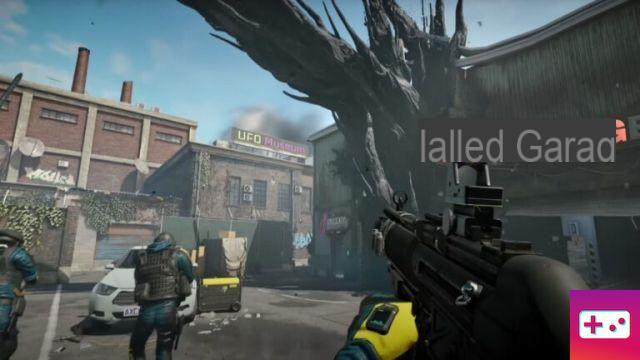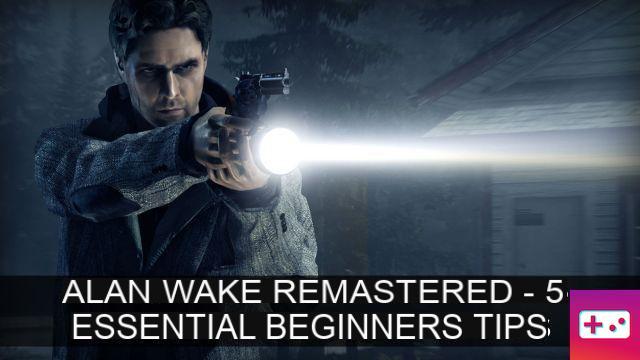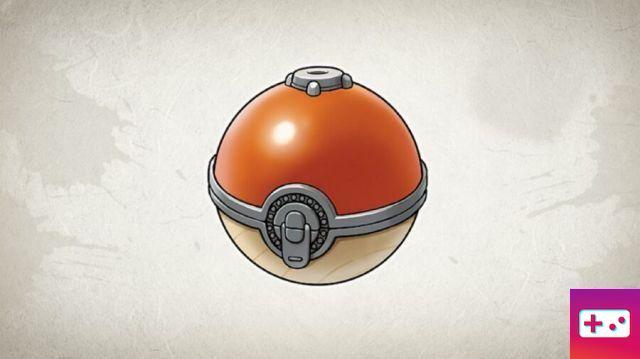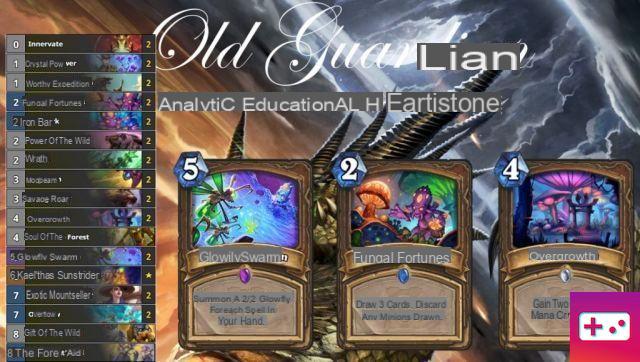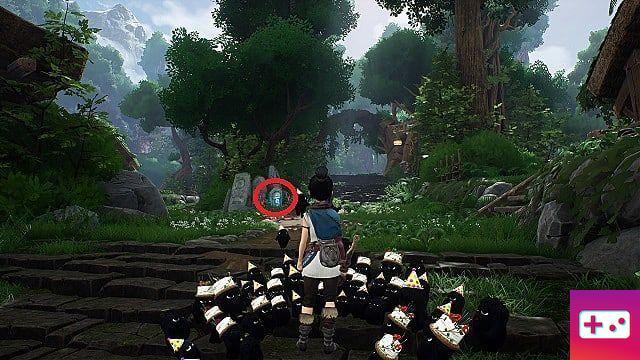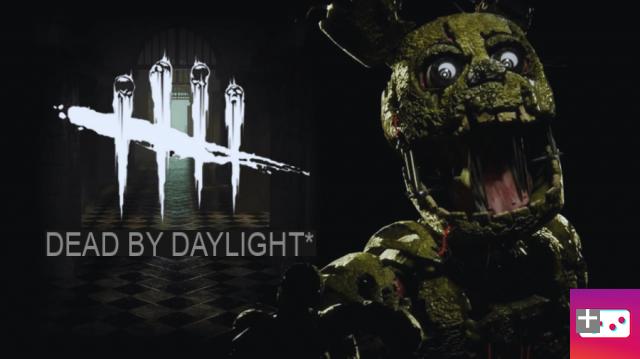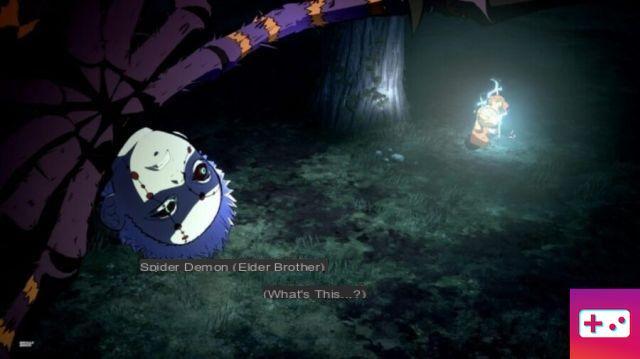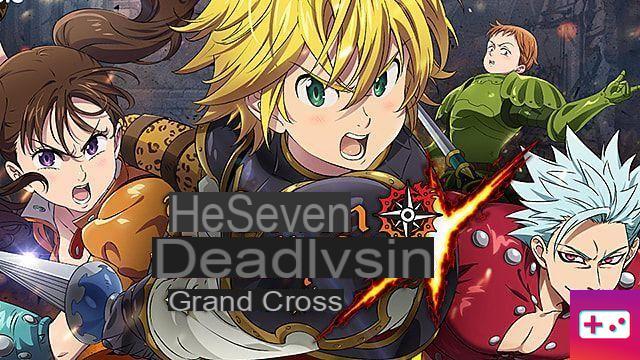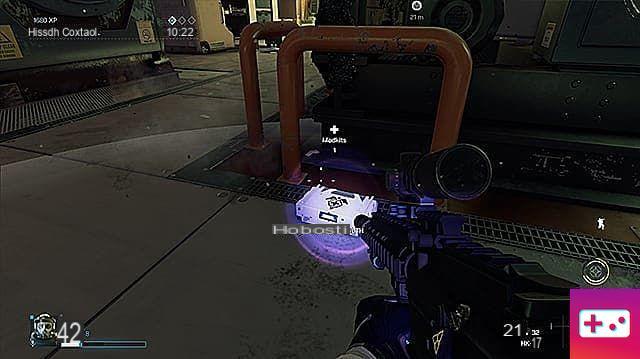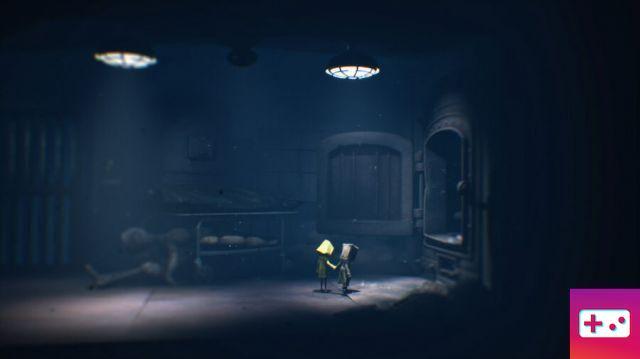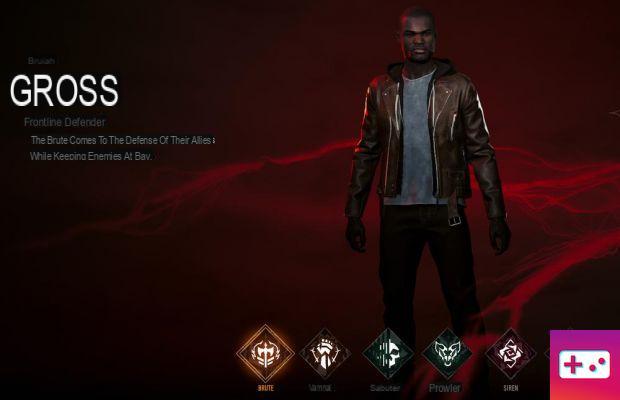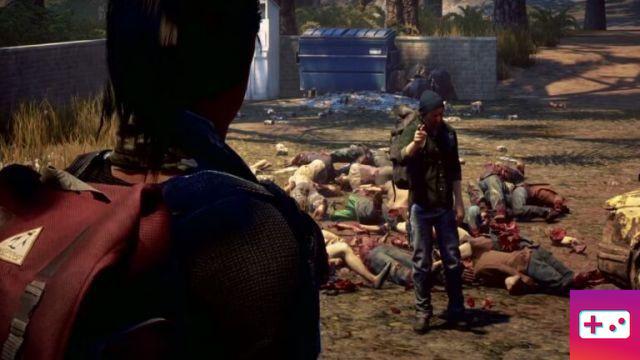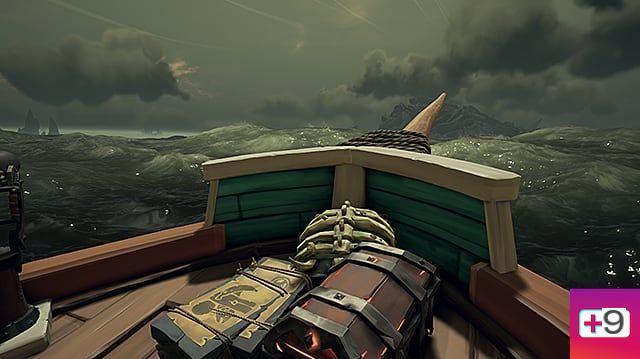When Jon Favreau was filming the now-beloved Christmas movie, Elf, he said his intention was to create something that already felt like it was in the canon of Christmas stories. He wanted Buddy the Elf to be historically as popular as Rudolph, Frosty and other genre icons.
It was on my mind when I was playing Lost In Random. The board game-obsessed noir fairy tale feels more like an adaptation of a story we grew up with than a whole new adventure – and that's a good thing in my mind.
Although he doesn't achieve everything, he expresses his sense of wonder and fills his world with characters that feel like they're pulled from childhood storybooks.
Lost In Random review: Playing your cards right
In the world of Random, citizens are entered into a lottery at the age of 12. Children are unfortunately very susceptible to being separated from their families as they can be assigned by a six-sided die to live in one of six districts across the country, each with their own aesthetic and purpose. One-town is the working-class port village, while Fourburg is the posh casino district where the high rollers live, and so on. Families are told to embrace this policy and all its “wonderful” randomness.
Like the protagonist Even's sister Odd, some end up in Sixtopia, where the formidable queen resides in apparent tranquility. Meanwhile, his robot army keeps the rest of the colony in line by crushing revolts. Even is unable to resist the call to adventure when her sister is essentially kidnapped and dumped in Sixtopia with the Queen, so she embarks on a rescue mission through the elaborate neighborhoods one by one.
The first thing you'll probably notice about Lost In Random is its remarkable art style. Since its revelation, many have compared it enough to a Tim Burton film. Tightly mapped corridors are encapsulated by permanently twisted buildings, and the inhabitants of any neighborhood can look like fish with legs, wooden dolls, or just described as monsters.
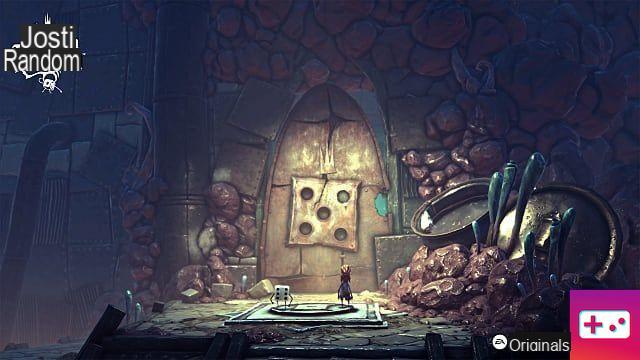
The game is beautiful and has to be the most ambitious game released by EA Originals to date. It goes beyond his art, too. What really impresses about Lost in Random is its size and scope. Along its journey, each district features a main quest, but also several side quests and NPCs that are fully voiced and only exist to flesh out the world. A finalist would take around 20 hours to run the game. It's so much more than the Alice: Madness Returns you might think at first glance.
In fact, other than a shared interest in dark fairy tales, it really bears no resemblance to that past EA game. Third-person adventure unfolds in unique combat scenarios that combine classic third-person melee attacks with a deck-building system. To stay ahead of his robot enemies, Even will collect energy by shooting at their weak points before he can roll his dice, named Dicey, and play cards on the battlefield that give him buffs, place hazards, heal her, and more.
By the end of the game, a diligent collector will have dozens of cards, each offering unique upgrades to Even's arsenal. This system could have been even better if enemies scaled more with a player's deck. Even though they come in different shapes and sizes and have their own attacks, no combat encounter ever really scales past the cadence you'll learn early on.
For example, the game allows you to draw your cards before you have a full hand of five won, but I've never seen a reason to do so. It's pretty easy to dodge bots as you collect energy until you get a full hand. This maximizes your chances of drawing the cards you want, but it also means that the most effective tactics become rote fairly quickly.
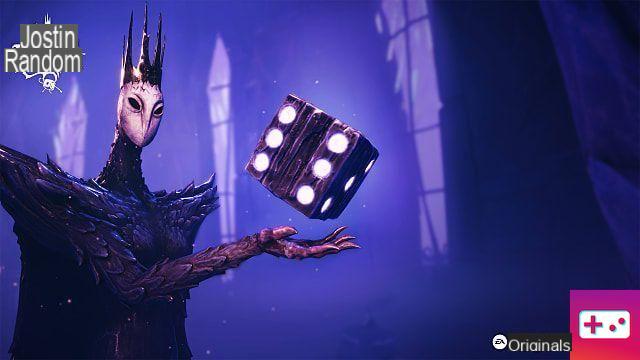
You'll do this multiple times in any combat scenario, whether it's with a few grunts or a mighty boss. To its credit, this system looks like a user-friendly entry barrier. I've never enjoyed card-collecting games much, but in Lost In Random the mix of card placement and real-time melee attacks is far more welcoming than some of its more giddy counterparts.
Lost In Random is never quite a platform game in itself. After all, you don't even have a jump button. But Random's twisting architecture and fantasy world mean you'll find yourself atop platforms, balancing on narrow beams and solving puzzles using your body and Dicey's in a way that becomes one with platform games.
These moments are best used to see more of the game's beautiful art direction, however, with an in-game map that doesn't reveal your current location, navigation can sometimes get messy and frustrating in the game's design without straight roads.
Lost in Random Examination – The Result
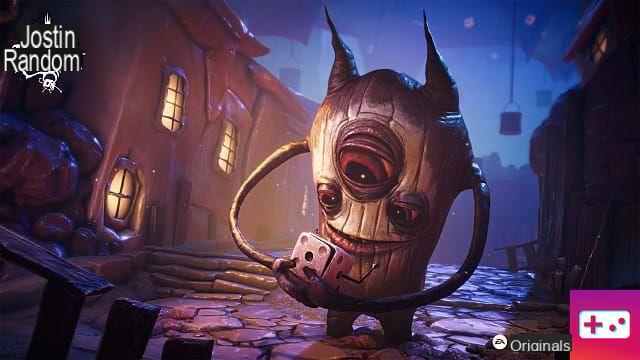
Benefits
- Bridge-building inspired action combat makes for an interesting mix
- A charming world full of colorful characters
- A dark fairytale story that feels like it's always been there
The inconvenients
- Combat doesn't scale much over the game's 15+ hours
- Navigation can be complicated
Lost in Random is primarily driven by its story, and in that way, it's really delicious. While the early neighborhoods are almost ghost towns, Random's bustle comes through in later hubs and makes the project feel like it's over budget.
Zoink! Games has created many games that have their own fandoms, but none have ever shot for the moon as much as this one. Even if he does not achieve everything he has set himself, his ambition is obvious and his universe is memorable.
[Note: Zoink! Games provided the copy of Lost in Random used for this review.]







